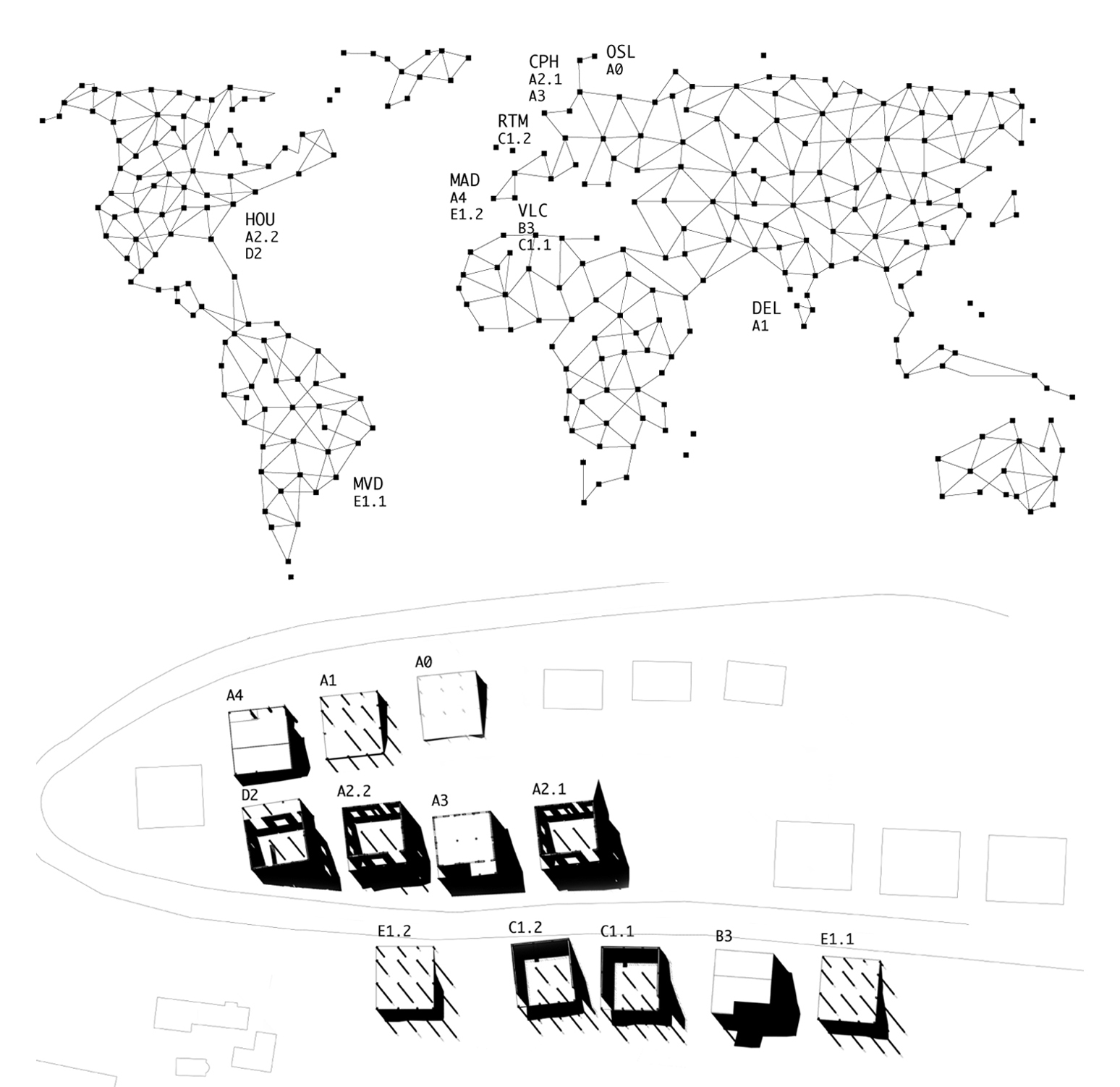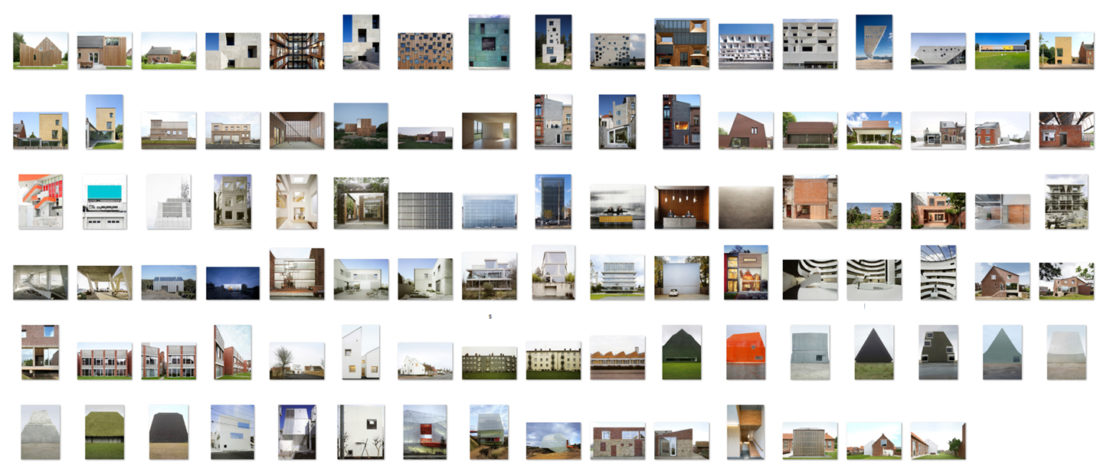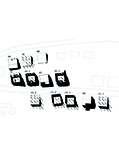Glass chain
RELLAM


The landscape of naked objects that the crisis has exposed not
only acts as a witness of the upheavals of the model of production
of our country, but also of the type of community this model
proposes. Turned into an object of consumption, housing multiplies
today its profitability by selling individuality through the same,
repetitive form. Like a telephone or a pair of shoes, housing is
transmitted today associated to an image of exclusiveness, but it
ends up producing the standardization of reality. Single-family
and row houses are the key product of the system –the differential
object that generates a uniform urban fabric and protects the
buyers from the traits of collective living.
Interestingly enough, the collapse of this model has not led to a
more diverse practice, one that gets closer to the lessons taught
at the schools of architecture. On the contrary, it has
obliterated it, forcing a whole generation of architects to
redefine their roles through new places and languages. From this
peripheral position, however, it is possible to look back for a
second in order to articulate a conversation on this unfinished
landscape. A conversation is what we imagine here.
The project we propose is based upon the collective appropriation
of an interrupted real estate development -one that pursues the
profitable uniformity of the repeated private unit- to turn it
into a true expression of a community generated through
difference. Here, the notion of community refers both to the type
of fabric we envision and to the development of the project
itself. Instead of materializing an individual vision, the
conversation feeds off the words of twelve distinct interlocutors,
leading to an architecture of difference that stems from the same,
shared interest.
With the aim of projecting a parallel reality, this collective
reflection is based on the appropriation of twelve unfinished
houses in L’Enova, a small village located 55 kilometers south of
Valencia. Each interlocutor has acted on an existing house with
the only constraint of using the same format and the same graphic
ingredients: a drawing template and a photograph. Beyond these
constraints, the only limits correspond to each individual look at
the project. The new fabric generated after the conversation
appears as a latent reflection of an urban model based upon
collective difference, multiple opinions and the participation of
an abandoned generation.
The most interesting aspect of this collection of distinct voices
is that, once placed in parallel, the resulting fragments reveal
the potential of this latent reflection when it becomes a project.
The twelve colonized photographs no longer appear as a melancholic
witness of what could have been, but as a tangible document that
materializes a possible model. The debris of an exhausted system
of production can be reused as the foundations for an alternative
project –a project that pragmatically acts on existing reality to
produce a feasible detour.
This alternative reality would bring into contact developers,
small owners and architects. Instead of being deployed as a
standard product, housing would be developed as a series of
individual versions of a shared material source. This would
enhance a contingent, uneven and slow consolidation of the built
environment that would lead to a more diverse landscape –a
landscape that could not be anticipated by unilateral gestures. In
the model we envision, a reality that sells individualism through
repetition is hacked to activate a collective community made out
of individual voices.
Credits
Glass chain
Authors:
Andrea Gimeno, Lluís J. Liñán, Josep Vicent Lluch, Quique Bayarri,
Sálvora Feliz, Ángel Gallego, Mayte Gómez, Marta Jarabo, José
Mato, Beatriz Martínez, Patricia Ocaña, Tomás Pineda, Felipe Reyno
y Jesús Vassallo.
2016
